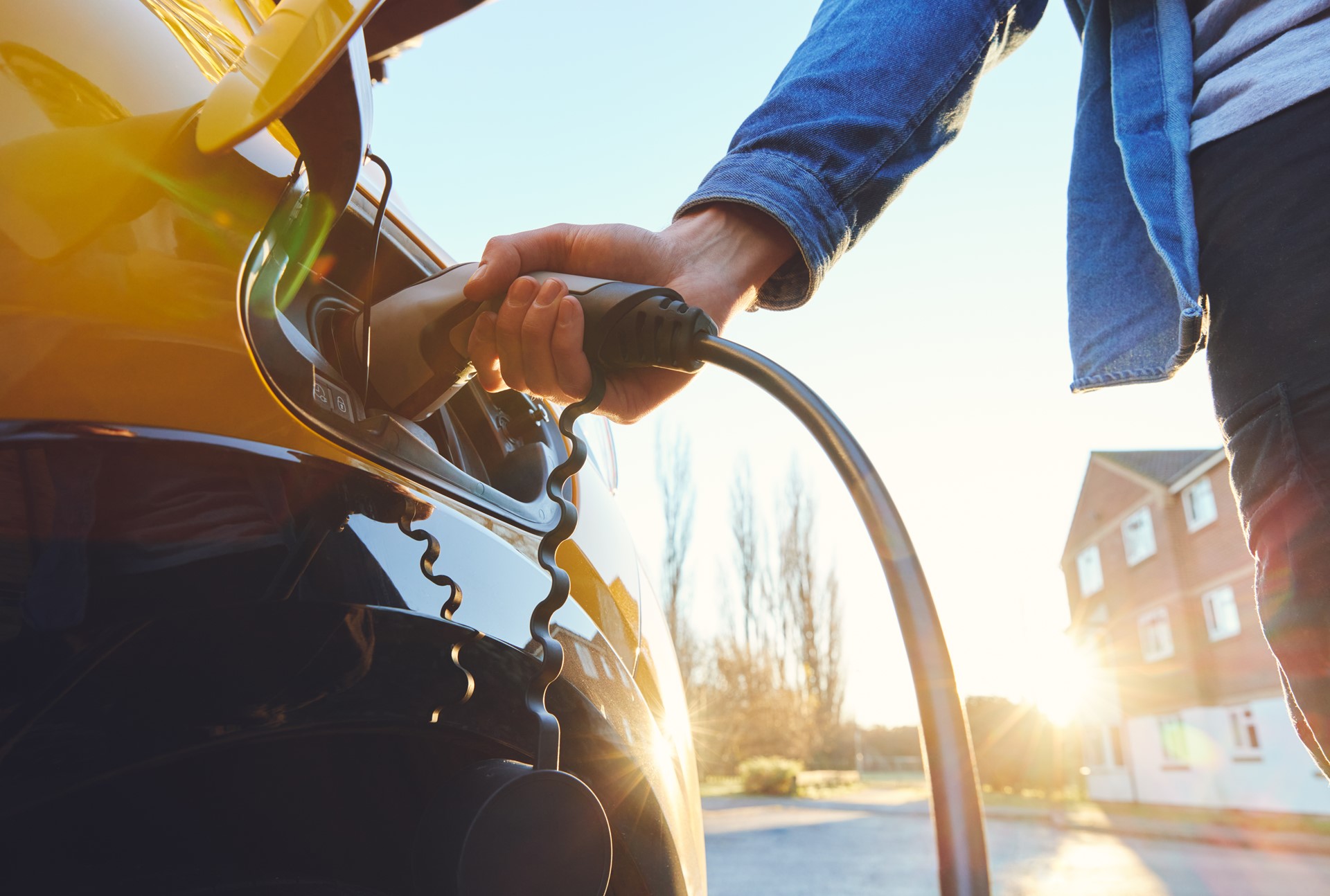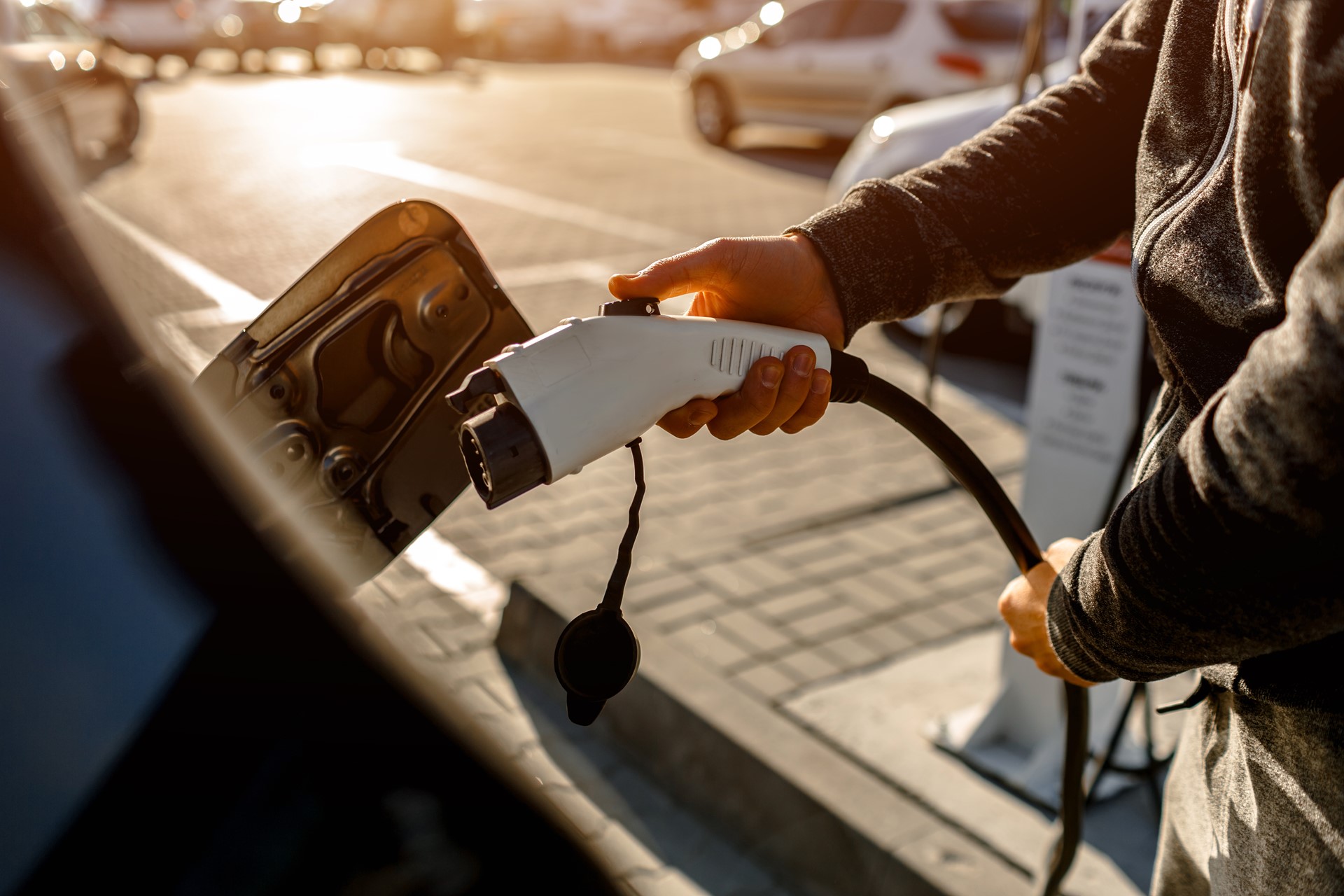Driving change: the evolving electric vehicles market
Read time: 3 minutes

Read time: 3 minutes

Technology in the electric vehicle (EV) sector continues to evolve, introducing new types of charge-point technology and EVs accessible to businesses and consumers. In this blog, Thalia Czarkowska, Green Economy advisor, explores the barriers that are slowing the rollout of new EV technology and the ethics of materials associated with EVs.
Transport is currently the UK’s largest emitting sector, with 91% of travel emissions from road transport, which means decarbonising the transport sector is a vital step if the UK is to meet its net zero targets. With this in mind, the UK government intend to end the sale of new petrol and diesel vehicles by 2030, with all new vehicles to have zero emission tailpipes by 2035. This coupled with renewable energy plans, which are slightly more ambiguous in the current political climate, means an increasing number of EVs will be powered by clean energy, as opposed to petrol and diesel cars which run solely on “dirty fuels.”
In 2020 alone, over 43.1 per cent of the UK’s electricity was generated by renewables; as renewable energy becomes more commonplace, EVs will serve as a low-emission transport alternative.
Although the average EV produces less greenhouse gas (GHG) emissions than its petrol or diesel equivalent, the technology and supply-chain process behind an EV still has carbon-intensive barriers to overcome.
Your typical battery electric car produces around a third of the GHG emissions of an equivalent petrol car over its lifecycle, and its engines are around 77 per cent more efficient than that of a fossil fuel car which tend to have engines running on about 30 per cent efficiency.
Greener public transport, powered by alternatives to fossil fuels, is still a more sustainable option than personal vehicle ownership. Trams, buses and trains powered by renewables are greener choices since air pollution from traffic in cities is not associated solely with a vehicle’s tailpipe. The friction caused by tyres, brakes and roads emit particles which contribute to air pollution, and this is still the case for both electric and fossil fuel vehicles.
But what can be done to overcome the biggest issues associated with EVs: the supply chain.


Although switching to an EV does have clear climate benefits, it is not the be-all solution for zero carbon transport. Lithium-ion batteries used in EVs are linked to higher emissions than an internal combustion engine. Most of these batteries are produced in China, Japan and South Korea where carbon used to generate electricity is much higher. You then have to consider the emissions associated with transporting these batteries to the UK.
Another area of concern involves mining and the material supply chain. Most notably, graphite and cobalt, both of which are used in the manufacture of EVs, are linked to human rights abuses in South America and Africa, particularly the Democratic Republic of Congo. Child labour and forced migration have been associated with the mining of these materials, as well as high emissions associated with mining and freighting these materials from different parts of the world.
However, technology needs time to evolve and reach maximum efficiency. Fossil fuels have long been associated with aggressive and abusive mining practices and environmental degradation, so these problems are certainly not exclusive to EVs. Many of the issues that come from importing materials like cobalt will be rectified by improved energy production techniques and more advanced battery technology which should become less reliant on raw materials over time. EVs will get greener as their production processes are streamlined, the associated technology is developed, and core production switches away from raw material extraction.
The mining implication can be overcome further, with the government’s latest Critical Minerals Strategy focussing on materials like cobalt in order to protect and perfect the supply chain process. In line with this, circular economy solutions designed to reduce waste and reuse existing materials on domestic soil could also provide a much-needed solution to the problems associated with importing key green technology materials. As EV production rises, the availability of materials on domestic soil that can be plugged back into a circular economy increases.
In summation, once an EV hits UK roads it certainly defeats petrol and diesel alternatives in terms of low carbon travel. As EV ownership increases, the availability of materials from local sources should also increase, allowing supply chains time to be streamlined and explore circular economy alternatives. Until then, EV companies need to be transparent about where they source their materials from, and the processes utilised in the production process.
Share